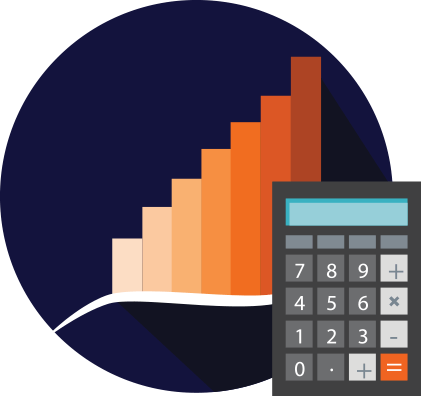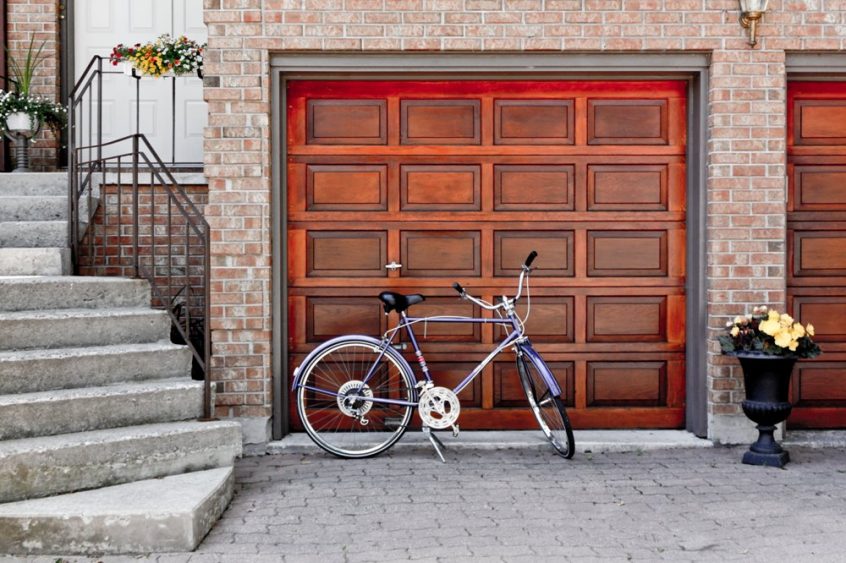For many people, buying a home is a major milestone. Married couples often make homeownership a goal, and even single folks are sometimes interested in buying homes. In fact, some millennials are finally buying homes, ready to take the plunge.
If you’ve made homeownership a goal, there’s a good chance you’ll have to save up for a down payment. Here’s how to get the cash you need:
Do You Really Need 20% Down?
As you begin to save up for a down payment on a home, the first thing to do is figure out how much you need to save.
While we’ve long heard about the 20% down payment rule of thumb, the reality is that you don’t need to put down so much in order to buy. In fact, for many would-be homeowners, the fact that home prices rise at a pace that far outstrips wage growth means that trying to save so much is practically impossible — at least within the desired timeframe.
Consider: the median home value in the United States is $215,600, according to Zillow. You’d need $43,120 for a 20% down payment.
However, you can still put a pretty good dent in what you borrow if you put down 10%. You’d only need to save half the amount, which for many people seems much more doable. Finally, if you qualify for an FHA loan, you can put down as little as 3.5% — or $1,509.20.
The tradeoff is that you end up paying a higher cost. In most cases, you have to pay for mortgage insurance if you put down less than 20%. And you may end up with a slightly higher interest rate. Plus, the more you borrow, the higher your monthly payments will be.
For some homebuyers, though, this is worth the cost to get into a home faster. Run the numbers to see what will work for you, and what you can save up in your desired timeframe. For example, if you decide you want to save up $24,000 for a down payment over the course of two years, you’ll need to set aside $1,000 each month.
Open an Account for Your Down Payment Fund
Create a separate account designed to help you save up for a down payment. Your account should be only for that purpose. There are a couple routes you can take as you set up your down payment fund:
1. High-Yield Savings Account
With a traditional savings account, you can earn a return as you save for your down payment. You know your money’s safe in a high-yield account. You won’t make a lot of money off your capital, but that’s not the point. If you want a safe, liquid place to keep your funds, a high-yield savings account makes sense.
2. Taxable Investment Account
Some homebuyers save up for a down payment using a taxable investment account. Depending on your risk profile, you can set up different asset allocations for your account. You might decide to put 70% in bonds and 30% in stocks. It gives you a higher potential return, while still having a degree of safety.
However, whenever you put money into securities, you run the risk of losing your capital. If the markets crash just before you’re ready to buy, you might not be able to put down as much as you’d like.
Carefully weigh this option before you move forward, and decide if the risks are worth it to you.
Look for Ways to Save Money
Now that you have an account to help you save up for a down payment, it’s time to find the money to put toward your goal. The reality is that you might not have a lot of free cash to put a large amount toward your down payment immediately.
That’s ok.
Start with whatever you can — even if it’s just $20 a week. Set up an automatic transfer so that your maximum amount can be transferred into your down payment each week or each month.
Then, get creative about ways you can save up the cash you need for a down payment. Here are some ways to pad out your down payment account:
- Review your spending. Cut out the things that don’t matter and apply the savings to your down payment account.
- Start a side hustle. Look for ways to earn more money. You can start a side hustle driving for a rideshare company or selling things on Etsy.
- Use a windfall. Whenever you get money you didn’t expect, whether from a tax refund, or from a small inheritance or gift, add it to your down payment fund.
- Crowdfund. Ask others to help you with your goal. Rather than sending you things for birthdays and holidays (or even your wedding), ask if they’ll send you cash to put toward your goal of homeownership.
The more resources you cultivate, the faster and easier it will be to save up for a down payment and buy your first home.

